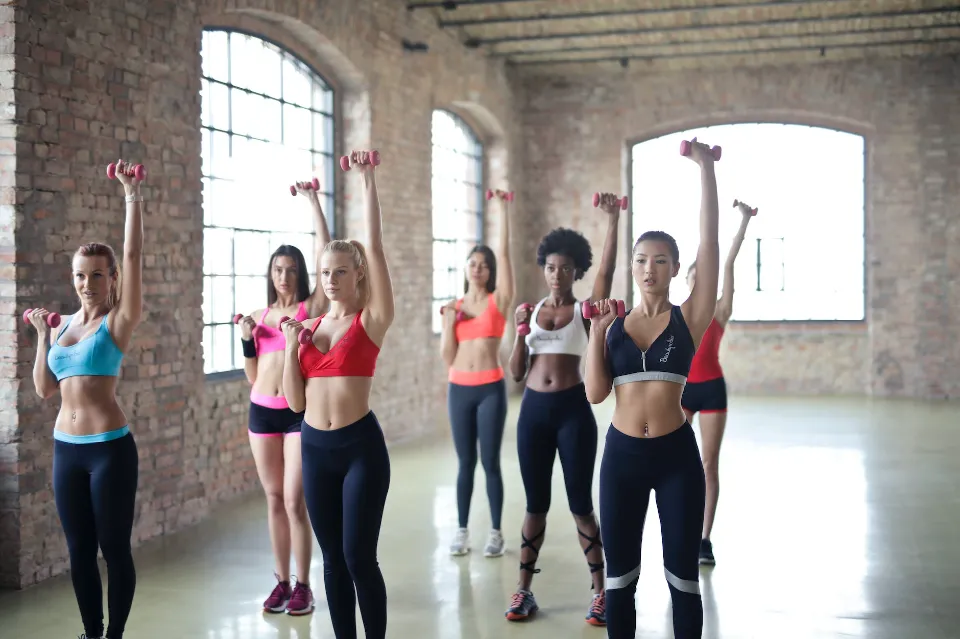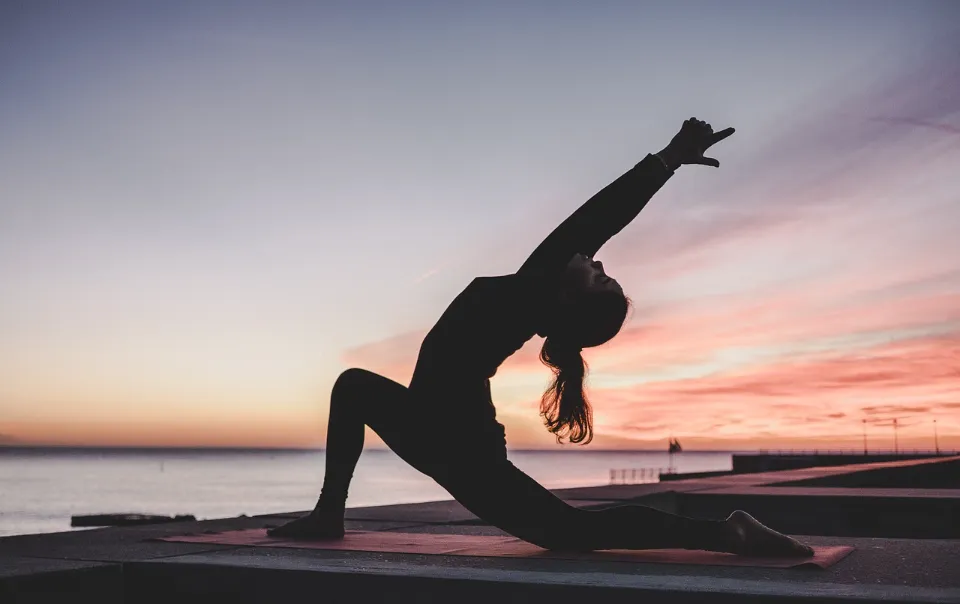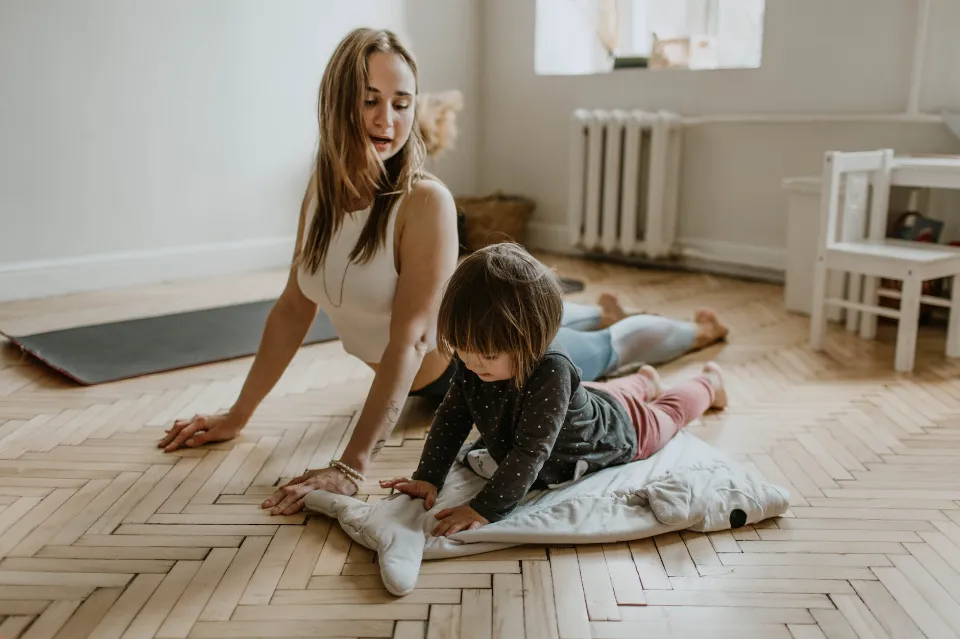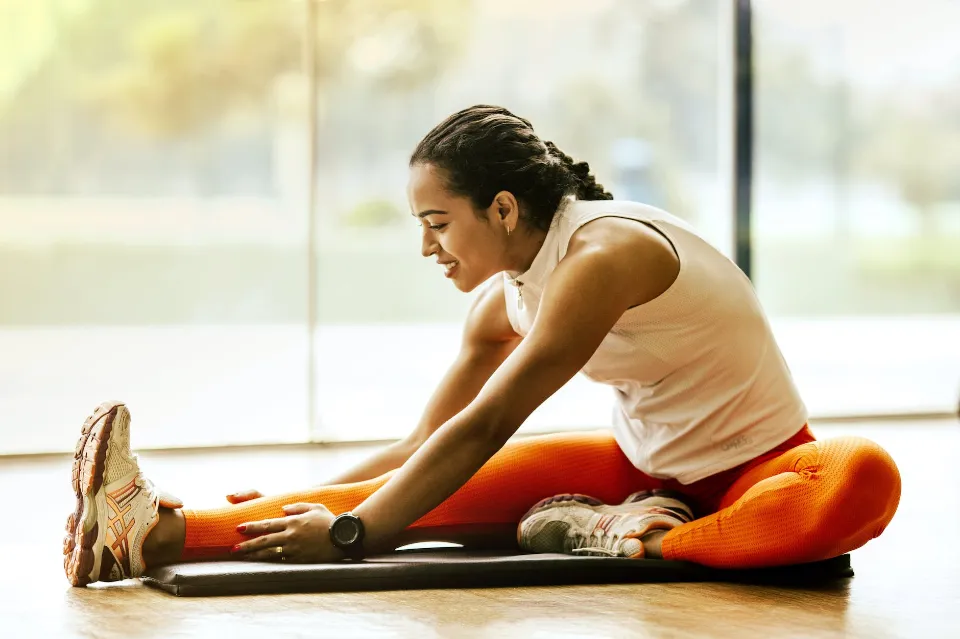
Why Do Exercise Needs Vary Between Individuals – Fitness Levels
Depending on a number of variables, everyone’s needs for exercise vary. The three main variables are activity level, muscle composition, and genetic makeup.
Personal characteristics like age, weight, height, and health status are also taken into consideration when determining the amount of exercise that is necessary, in addition to personal goals and fitness.
The science of exercise needs variations in various people will be covered in this post. Continue reading to learn more about the reasons why each person’s exercise requirements can vary.
How Can You Figure Out Your Own Exercise Needs and Goals?

Focus on One Goal at a Time
Setting too many goals at once is one of the biggest errors people make.
This causes an overwhelming sense of helplessness and frequently results in absolutely no progress. Focusing on one objective at a time is crucial when it comes to fitness.
Once you’ve accomplished your first objective, you can move on to the next.
For instance, someone trying to build muscle will have a different exercise regimen and diet than someone whose goal is to lose weight.
Choose An Activity You Enjoy
You are much less likely to continue an activity over time if you don’t enjoy it.
For this reason, it’s crucial to select an activity you actually enjoy. Avoid forcing yourself to run if you detest it just because you see other people doing it.
There are countless different forms of exercise, so pick one that you like and stick with it.
Read More: Does Running Make Your Legs Bigger
Make It Your Own
Since social media has taken off, we occasionally feel under pressure to follow suit.
However, it’s crucial to keep in mind that because we are all unique, what works for one person may not necessarily work for another.
As a result, don’t be afraid to customize your exercise program. Go ahead and include some yoga or Pilates if you want to. Consider enrolling in a novel exercise class if you want to.
Make It Measurable, Specific, and Time-bound
You’ll discover that setting measurable goals makes it much simpler to monitor your progress and observe results. For example, instead of saying you want to “exercise more”, try setting a specific goal like, “I will exercise 3 times a week for 30 minutes”.
You can monitor your development in this way and see the outcomes, which will keep you inspired.
Set the Low Expectations—at Least, at First

So that you don’t lose motivation, your initial goals should be fairly attainable. If you’ve never run before, for instance, your goal shouldn’t be to complete a marathon.
Try something simple, like running continuously for 10 minutes.
You can then move on to a more difficult task once you’ve achieved that objective.
Just keep in mind that any progress is progress.
Get Support from Family and Friends
The encouragement of your family and friends is among the best ways to stay motivated. Inform them of your fitness objectives and solicit their assistance.
When you need encouragement the most, they can encourage you, hold you responsible, and cheer you on.
Exercise Intensity and Duration Need to Be Tailored
For best results, exercise duration and intensity should be adjusted for the individual. This is so because everyone’s starting points and levels of fitness are different.
For instance, a beginner won’t be able to handle the same intensity or duration of exercise as someone who has been working out for a while.
Start out slowly, then gradually increase the duration and intensity as your level of fitness rises.
It’s best to speak with a qualified trainer or coach if you’re unsure of how to customize your workout schedule.
Based on your age, weight, general health, and level of fitness, they will be able to provide you with specific recommendations.
How Can You Make Sure Your Physical Activity is Safe and Effective for You Personally?

In order to ensure that the physical activity you are engaging in is both safe and beneficial for you, it is advised that you enlist the aid of a qualified trainer or coach, similar to the recommendation made in the previous point.
They will be able to provide you with tailored advice based on your age, weight, general health, and level of fitness, which is why.
In addition, it’s crucial to respect your body’s limits and refrain from overexerting yourself. Stop the activity and seek medical advice if you experience any pain or discomfort.
Summary

As you can see, a variety of factors affect how much exercise a person needs.
The best workout for every individual depends on a variety of factors, including age, weight, activity level, general health, aptitude, and fitness level.
Therefore, keep in mind that everyone is different and requires different amounts of exercise to stay healthy and fit the next time you wonder why your workout routine needs to be different from someone else’s.
FAQs
Why Do Exercise Needs Vary Between Individuals Brainly?
Age, gender, body size and composition, level of fitness, medical conditions, personal goals, and lifestyle factors are all factors that can affect an individual’s need for exercise.
Why Do We Need Variety in Workouts?
You can create a new stimulus by varying and switching up the exercises in your routine; over time, this leads to more progress. Additionally, your risk of injury will go down if you switch up your workouts or activities occasionally.
Will Two Individuals Benefit from Exercise Exactly the Same?
According to the Principle of Individuality, no two people will experience the same physical or psychological benefits from exercise. A workout’s results can vary depending on factors like genetics, age, experience, body type, and health.





Average Rating